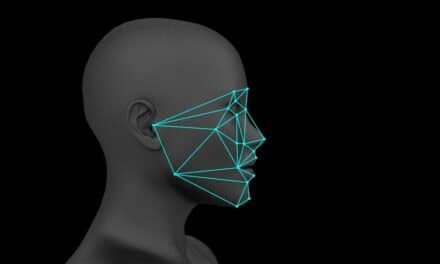A special type of magnetic resonance imaging (MRI) developed at the Hospital for Special Surgery (HSS), in collaboration with GE Healthcare, shows a detailed image following fracture repair. According to a Science Daily news report, the image is without the distortion caused by metal surgical screws that are problematic in standard MRIs. The HSS researchers developed a specially sequences, contrast-enhanced MRI to identify possible problems so doctors can intervene early and prevent further damage to the joint.
The Science Daily news report notes that with respect to femoral neck hip fractures, this is reportedly the first MRI that can “see through” surgical screws to detect early signs of osteonecrosis, which can enable interventions to be initiated before there is further damage, such as osteoarthritis. Patients had an MRI known as a “multi-acquisition variable-resonance image combination” (MAVRIC MRI) 3 months and 12 months after surgery.
Hollis G. Potter, MD, chairman of the department of radiology and imaging at HSS, explains, “The MAVRIC MRI provided us with information that could not be ascertained from x-rays or a standard MRI.” Potter adds, “A special 3-D fast spin echo technique minimized distortion caused by metal screws used to repair the fracture, facilitating assessment of the hip joint and any potential problems concerning osteonecrosis or non-union.”
Patients demonstrated excellent radiographic and functional outcomes, as indicated on the Science Daily news release.
Potter says, “This new MRI greatly improves the visualization of bone and soft tissue when there is metal in a joint, such as the screws used to repair a hip fracture.” A study on this subject, titled “Femoral Head Osteonecrosis Following Anatomic Stable Fixation of Femoral Neck Fractures: An in-vivo MRI Study,” is scheduled to be presented at the annual meeting of the American Academy of Orthopaedic Surgeons (AAOS).
Sources: Science Daily, Hospital for Special Surgery





